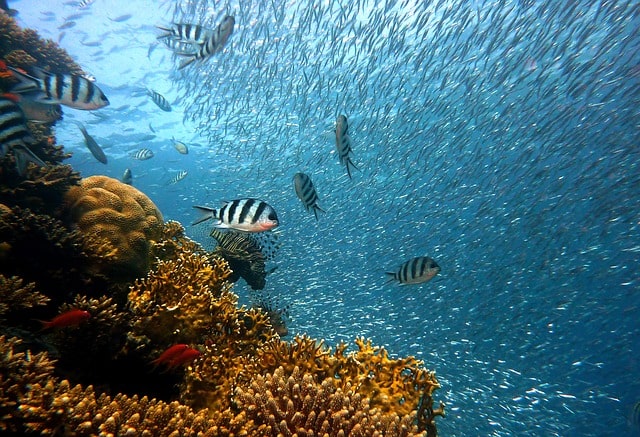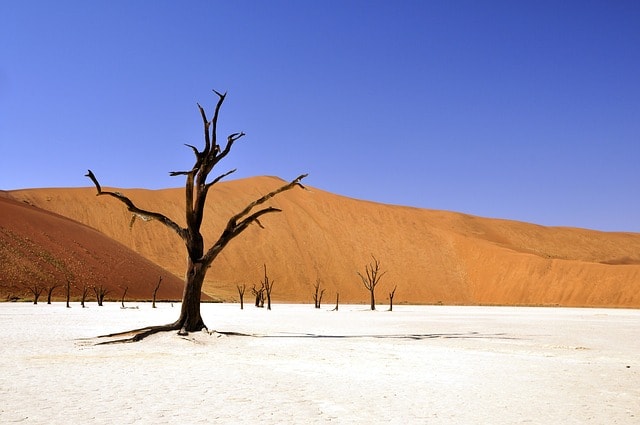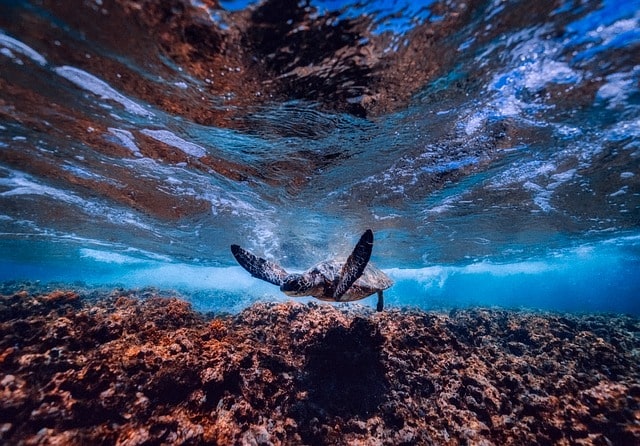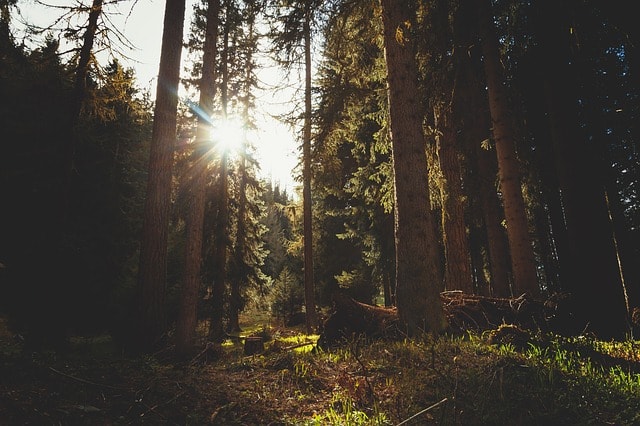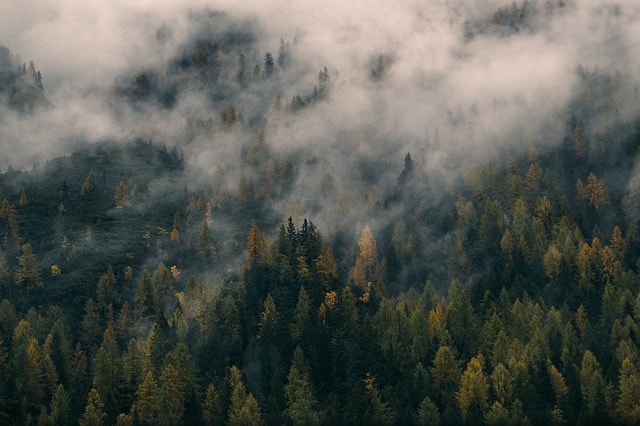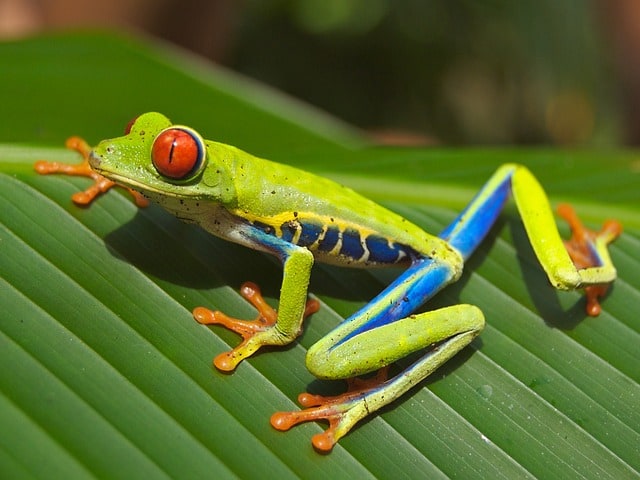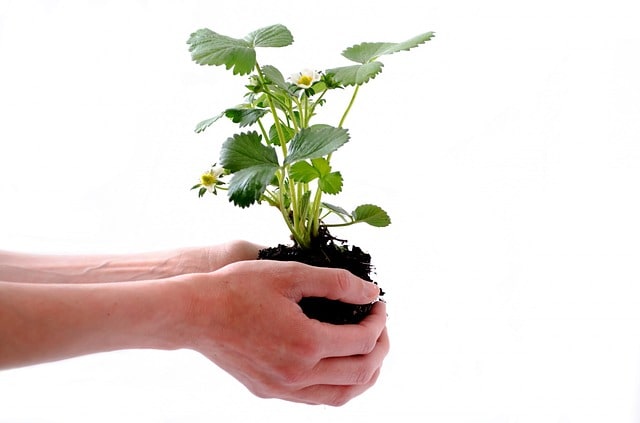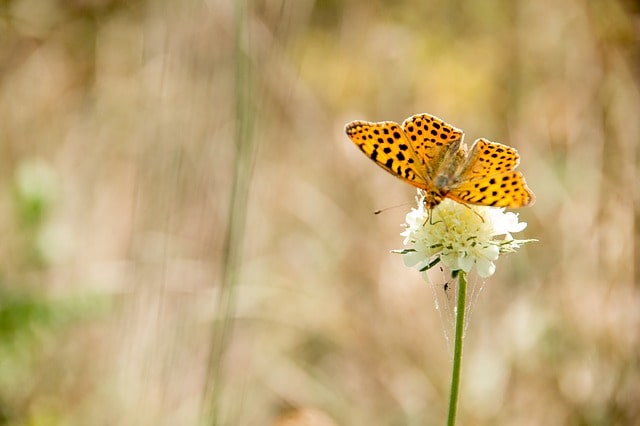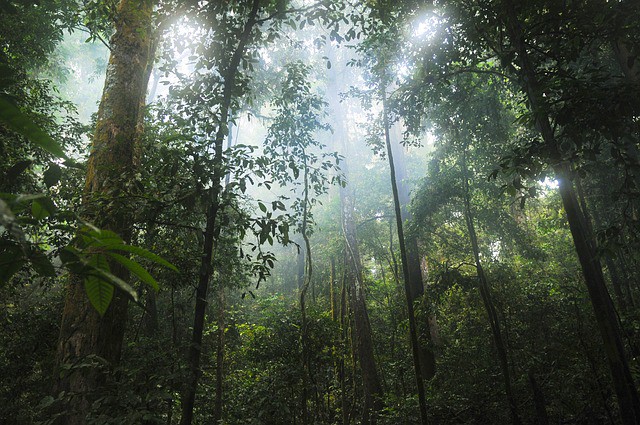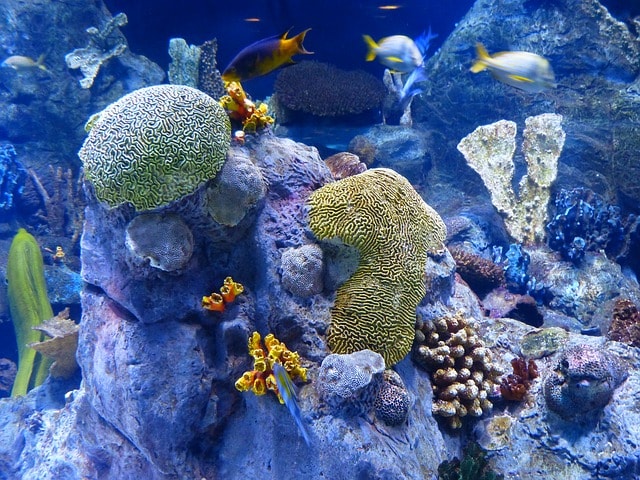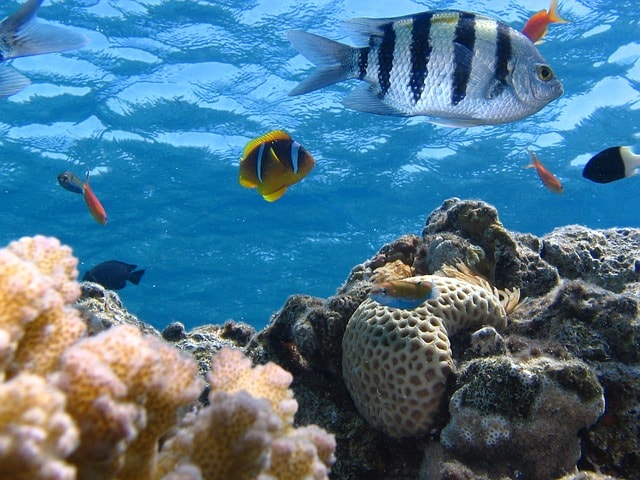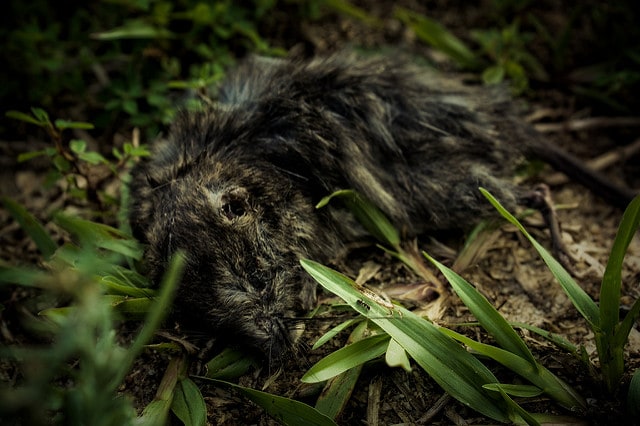Coral Reef Biome: Location, Precipitation, Climate, Plants and Animals
If you’ve ever scuba-dived or snorkeled near a coral reef, then you know that these series of small and gigantic structures are part of an interesting yet sensitive ecosystem. Coral reefs are important to marine animals as they provide them food, shelter and breeding grounds. Many think that coral reef is a composition of the…

